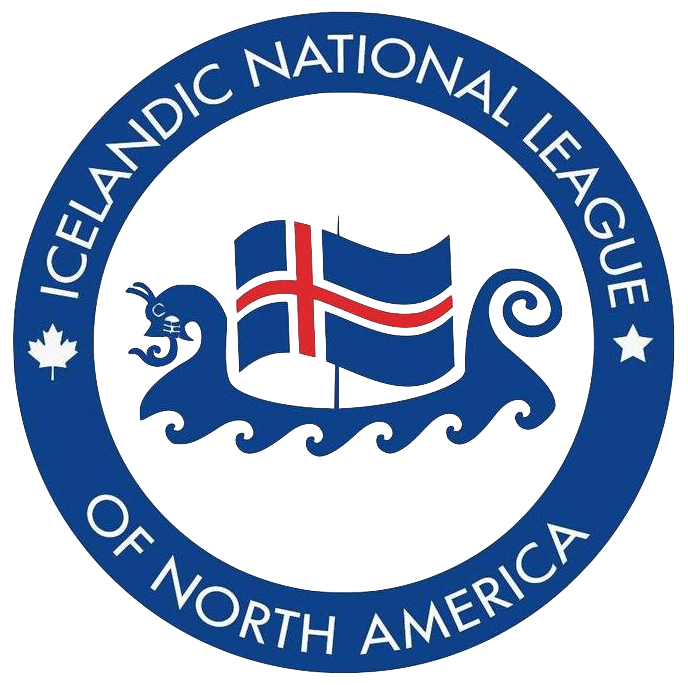Kristjan Fjeldsted Anderson
1866 – 1949
Royal Canadian Mounted Police
Iceland/Peace River, AB
Kristjan was born May 22, 1866 on a farm bordering the Huita River in Iceland. His parents were Andres Andresson Fjeldsted and Sesselja Kiristjansdottir. Not much is known of his early years in Iceland. However we do know he left at an early age (disappeared actually) on a trip to Liverpool with a load of horses. It has been speculated that he was escaping an arranged marriage. The family in Iceland didn’t know what had happened to him until the 1970’s when my uncle went to Iceland to trace the family.
Kristjan spent his first years in Canada at a number of jobs until in 1889 he signed up with the North-West Mounted Police. He remained a Mountie for 32 years retiring with the rank of Inspector.
His first post was Regina, then Maple Creek and finally Northern Alberta, the Peace River Country where he was the law. As a sergeant, he served in Fort Saskatchewan where he had numerous adventures. He often went on patrols, enduring many hardships including but not limited to the extreme weather conditions found in the Rockies and the route to the Peace River country. He gained a reputation as a relentless tracker with a stubborn streak (how Icelandic) and an iron constitution. On one occasion he chased a wanted man deep into the mountains during a blinding snowstorm eventually wearing him down and returning him and another accomplice to justice. During this time he also played a role in the signing of Treaty 8 between the Crown and the local natives.
In 1904 the title Royal was added to the NWMP making it the RNWMP and in 1905 Alberta was created and the RNWMP was then stationed at Lesser Slave Lake. It was at this time the King Case occurred. Although the case seems to have officially started when a local chief brought certain circumstances to my grandfather’s attention it is the family’s understanding that it started when the brother of Edward Hayward, the murder victim, contacted my grandfather by post from England. He had experienced a most vivid dream in which he witnessed his brother’s murder. Apparently he was so convincing that my grandfather looked further into the circumstances. He learned that Hayward had been partnered with another man, Charles King, and they had been camping by the banks of Lesser Slave Lake. The Indians informed him that King had departed alone and Hayward’s dog refused to leave the area. Further investigation led to the draining of a swamp, at Kristjans expense, with the discovery of enough evidence to charge Charles King. He was convicted of the murder and hanged in Edmonton in 1905.
Hayward’s brother claimed he saw King in his dream. Although this was not evidence, it did add a surrealistic element to the case. There is no historical evidence that draining the swamp produced a body although the family story says there was a body, badly decomposed. The story goes that in order to produce a corpus delicti grandfather removed the head as evidence. The story goes on to say that it was contained in a travelling bag in possession of grandfather while on route to Edmonton for the trial when a well meaning porter grabbed the bag, which came open allowing the head to roll out onto the platform.
Kristjan met a young lady missionary named Leli Alberta Halpenny while he was stationed at Lesser Slave Lake and they married in 1905 after a lot of rowing back and forth across the lake. They had a daughter who was christened Peace (Margaret Cecilia Peace) as an acknowledgement that she was the first white baby born in the Peace River area.
They moved to Peace River in 1906 where he took up the position of the only law officer for the entire area for seven years. He was joined in 1913 by a constable. They had two sons born in 1908 (Charles) and 1912 (Norman). Both became members of the RCMP and retired as Staff Sergeants. A daughter, Dorothy, was born in 1919 in Fort Fitzgerald.
In 1915 he was promoted to the rank of Inspector and they moved to Grouard, in the Peace country. From there he conducted police business and had many more adventures. He was an outdoor man and spent time camping and trekking whenever he could. He also enjoyed playing mail chess with Stefan G. Stefansson.
While I was working in Montreal during the late 70’s I went for a drink with one of the older engineers on the project. It turned out he had grown up in the Peace and knew my grandfather well. He said he had been chased many times as a young lad by grandfather but that he was always kind and fair to him. I consider this to be a good epitaph along with my cousin’s story of a visit to the home of the chief of the Sucker Creek Indian reserve around 1980 where he discovered a framed picture of our grandfather hanging in a place of honour on the wall, high praise indeed.
Kristjan was discharged to pension in 1921 and they moved to Jasper to live with their daughter Peace. My early memories of Jasper include my grandmother feeding every form of bird and animal that existed, including the bears.
Kristjan passed away in Jasper in 1949, the final words of his obituary which appeared in the RCMP Quarterly read as follows:
“His deeds are indeed his monument”
By Andrew Anderson, grandson
Main source, a book based on Kristjan’s Dairy, called Keeping the Peace, written by Shena Meadowcroft



